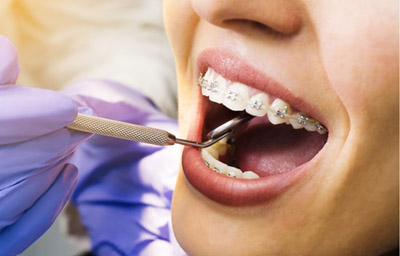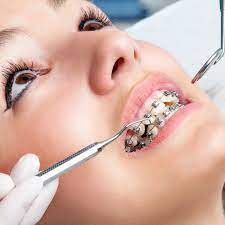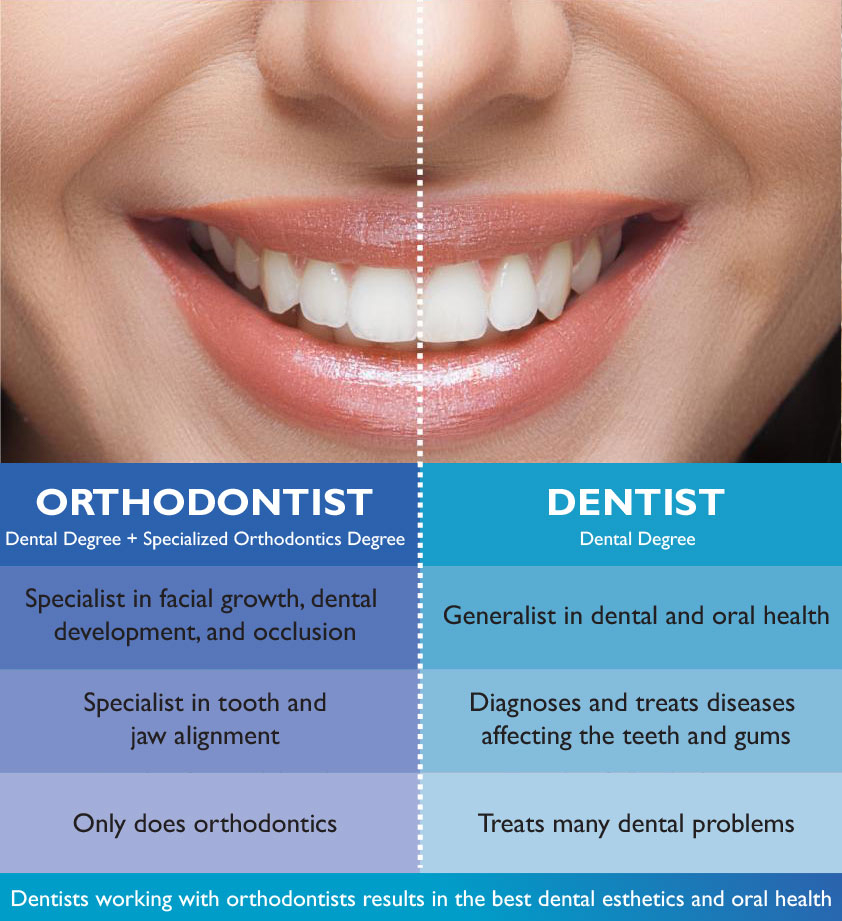Indicators on Causey Orthodontics You Need To Know
Table of Contents6 Easy Facts About Causey Orthodontics DescribedThe Buzz on Causey Orthodontics3 Simple Techniques For Causey OrthodonticsThe Only Guide to Causey OrthodonticsSome Known Details About Causey Orthodontics
Ignoring occlusal connections, it was common to get rid of teeth for a range of oral issues, such as malalignment or overcrowding. The principle of an intact dentition was not commonly appreciated in those days, making bite connections seem irrelevant. In the late 1800s, the idea of occlusion was vital for producing dependable prosthetic substitute teeth.As these principles of prosthetic occlusion progressed, it became an indispensable device for dental care. It was in 1890 that the work and influence of Dr. Edwards H. Angle started to be really felt, with his contribution to contemporary orthodontics particularly noteworthy. At first concentrated on prosthodontics, he educated in Pennsylvania and Minnesota before routing his attention in the direction of oral occlusion and the therapies needed to keep it as a regular condition, thus becoming understood as the "father of contemporary orthodontics".

The concept of perfect occlusion, as postulated by Angle and included right into a category system, enabled a shift towards dealing with malocclusion, which is any type of discrepancy from regular occlusion. Having a full set of teeth on both arches was extremely searched for in orthodontic treatment due to the need for specific connections between them.
A Biased View of Causey Orthodontics
As occlusion came to be the crucial concern, facial percentages and appearances were disregarded - best orthodontist near me. To accomplish perfect occlusals without using external forces, Angle postulated that having best occlusion was the ideal way to obtain optimal face aesthetics. With the passing of time, it came to be quite evident that even an extraordinary occlusion was not appropriate when considered from a visual viewpoint
It came to be obvious that orthodontic treatment could adjust mandibular development, causing the formation of functional jaw orthopedics in Europe and extraoral force procedures in the United States. Nowadays, both practical home appliances and extraoral gadgets are used around the globe with the aim of changing development patterns and types. Subsequently, pursuing real, or at the very least boosted, jaw connections had come to be the main goal of treatment by the mid-20th century.
Indicators on Causey Orthodontics You Should Know
 The American Journal of Orthodontics was developed for this function in 1915; before it, there were no scientific purposes to follow, neither any specific classification system and brackets that did not have attributes. Up until the mid-1970s, braces were made by wrapping metal around each tooth. With innovations in adhesives, it became feasible to rather bond metal braces to the teeth.
The American Journal of Orthodontics was developed for this function in 1915; before it, there were no scientific purposes to follow, neither any specific classification system and brackets that did not have attributes. Up until the mid-1970s, braces were made by wrapping metal around each tooth. With innovations in adhesives, it became feasible to rather bond metal braces to the teeth.Andrews gave an insightful definition of the perfect occlusion in irreversible teeth. This has actually had purposeful results on orthodontic treatments that are provided routinely, and these are: 1. Appropriate interarchal partnerships 2. Correct crown angulation (pointer) 3. Correct crown disposition (torque) 4. No rotations 5. Tight contact points 6. Flat Curve of Spee (0.02.5 mm), and based upon these principles, he uncovered a therapy system called the straight-wire home appliance system, or the pre-adjusted edgewise system.
The benefit of the layout hinges on its bracket and archwire mix, which calls for only marginal wire flexing from the orthodontist or medical professional (best orthodontist near me). It's appropriately named after this feature: the angle of the slot and thickness of the brace base inevitably determine where each tooth is positioned with little requirement for extra adjustment
The 4-Minute Rule for Causey Orthodontics
Both of these systems utilized similar braces for every tooth and necessitated the flexing of an archwire in 3 aircrafts for finding teeth in their preferred settings, with these bends dictating ultimate placements. When it concerns orthodontic home appliances, they are divided right into 2 types: detachable and taken care of. Detachable appliances can be taken on and off by the person as required.

Thus, nearly all contemporary fixed appliances can be thought about variations on this edgewise appliance system. Early 20th-century orthodontist Edward Angle made a major payment to the world of dental care. He produced four distinctive appliance systems that have been used as the basis for many orthodontic therapies today, disallowing a few exemptions.
The Single Strategy To Use For Causey Orthodontics

The cord ended in a thread, and to move it onward, an adjustable nut was made use of, which enabled for a rise in area. By ligation, each individual tooth was connected to this expansive archwire (best orthodontist). Because of its restricted series of movement, Angle was not able to attain precise tooth placing with an E-arch
These tubes held a firm pin, which could be repositioned at each appointment in order to relocate them in area. Referred to as the "bone-growing home appliance", this device was theorized to urge much healthier bone development as a result of its capacity for transferring pressure straight to the roots. Applying it confirmed problematic in reality.